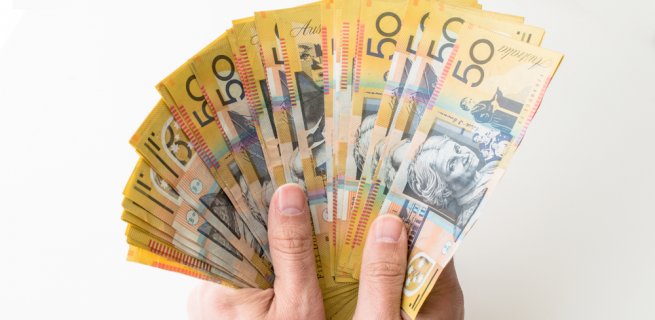Could you spot a counterfeit banknote?
Although there is a growing presence of alternative methods of payments, cash continues to be commonly used in transactions. Unfortunately, the widespread use of cash provides motive to criminals who manufacture counterfeit money.
A routine breath test by police, led to a car search which uncovered a badly counterfeited $50 note. Police have since been investigating the use of counterfeit money along the Coffs coast, as several other counterfeit notes were uncovered at a petrol station, a family owned fast food outlet and a liquor store in the area.
The woman who was found in possession of the $50 note was also a disqualified driver, supposed to be off the roads until 2026. It was unclear whether she was linked to all the other uses of the counterfeit money. She appeared before the Coffs Harbour Local Court two days later
In this case, the counterfeit money was of such poor quality that it was instantly detectable. Some, however, are of such good quality that even banks struggle to detect it. Australian currency is one of the hardest to counterfeit in the world according to the Reserve Bank of Australia, and Australia’s relatively low rate of counterfeit notes means that most people will never see one.
This does not mean that it never happens: the 33 year old woman who was heard in the Coffs Harbour Local Court is not the only one who has been called before the magistrate in Australia in recent years.
Since 2001 there are on average, about 8 counterfeits detected each year per every million banknotes. Traditionally the $50 banknote is the most common counterfeit produced as it is a sum used often enough not to raise undue suspicion, but recent police operations have uncovered the manufacturing of fraudulent $100 banknotes.
The Australian Federal Police investigate currency counterfeits but all police – whether state, territorial or federal – can seize and prosecute currency-related crimes whether the currency is Australian or foreign.
If you inadvertently come across some money that you believe is counterfeit, you can tell either the state or federal police and explain to them as much as possible how you came to be in possession of it to help them track down the culprit.
You should hand in the suspected counterfeit and fill in a suspect counterfeit banknote form. If you do this, you will receive a receipt, and if the money is tested and found to be genuine, it will be returned to you.
In the meantime, handle the note as little as possible and store it in an envelope.
If you suspect money is not genuine, you are within your rights to refuse to accept it.
Even being in possession of counterfeit money (notes or coins) if you knew it was fake is an offence, according to the Crimes (Currency) Act. If you are in possession of the money, intended to defraud someone with it, you are liable for a maximum of 10 years imprisonment. In the case of a corporation, it may be fined $50,000.
Making counterfeit money comes with a penalty of 14 years or a $75,000 for a body corporate.
Even reproducing images of banknotes are strictly regulated: for example, if you want to make a copy of one, images must be at least three-quarters the size of a genuine note, or greater than one and a half times the length and width and one-sided only. Digital copies must have a resolution lower than 72dpi.
If you have been charged with counterfeit crimes, it is best to get advice from an experienced criminal lawyer.











